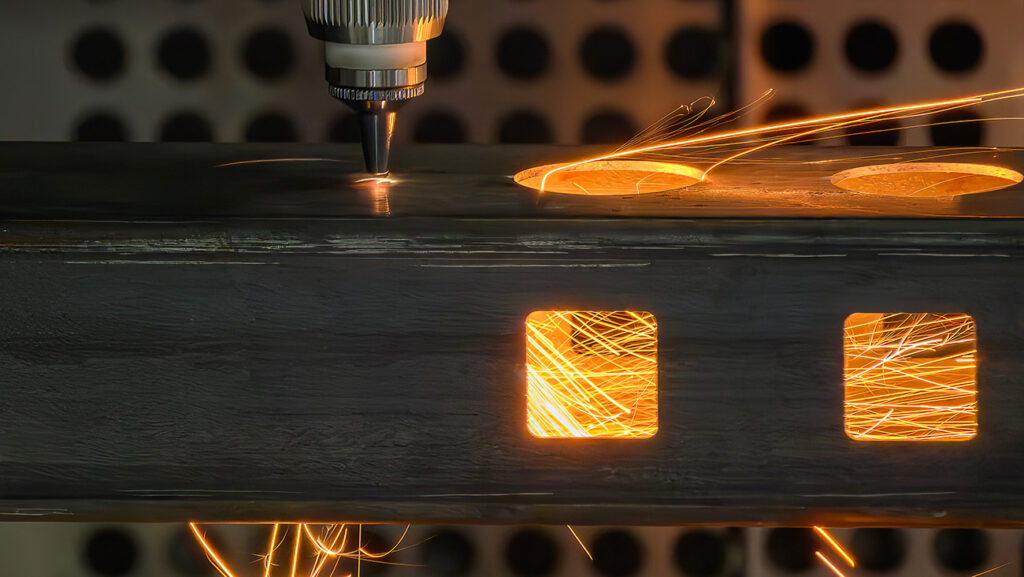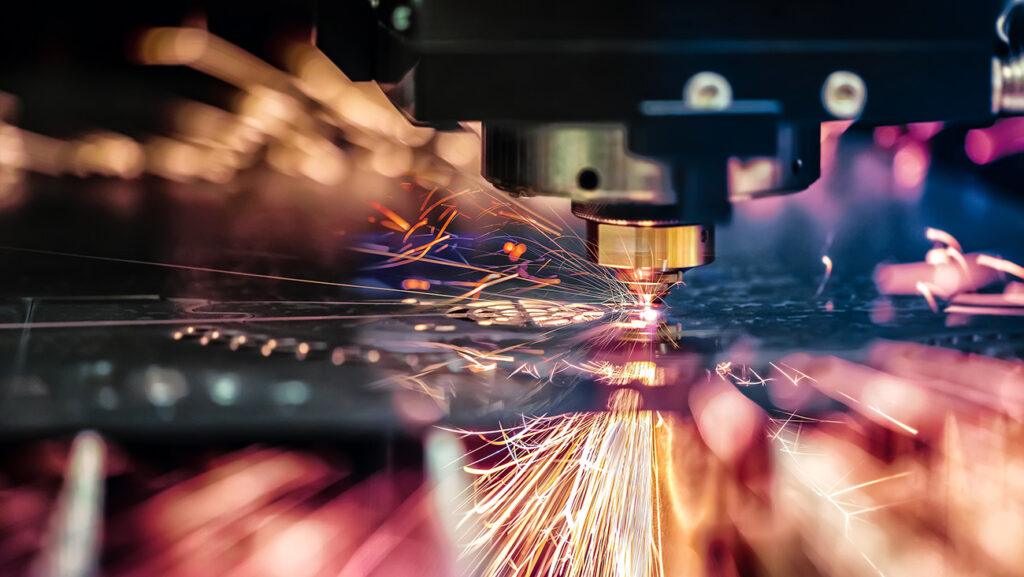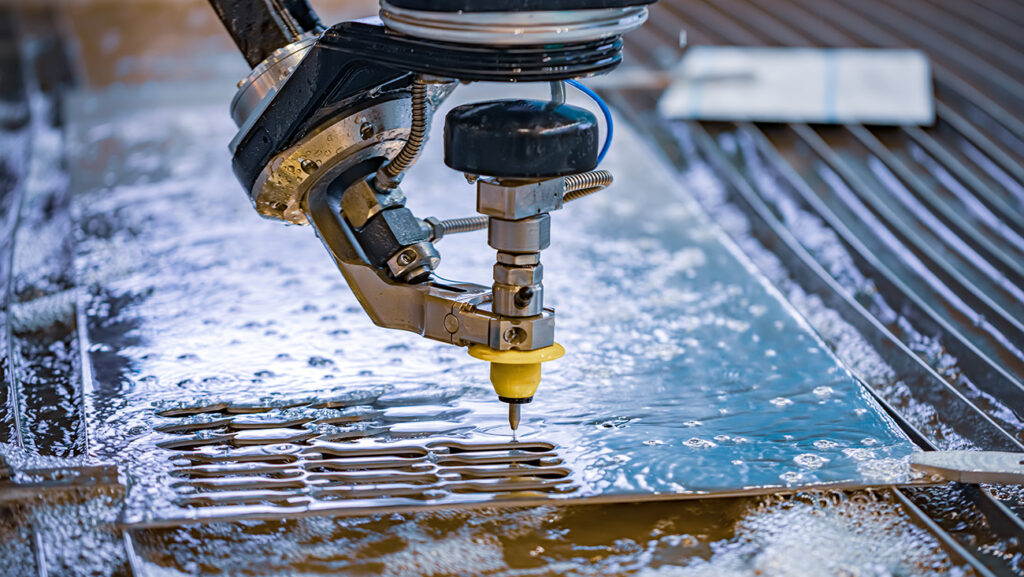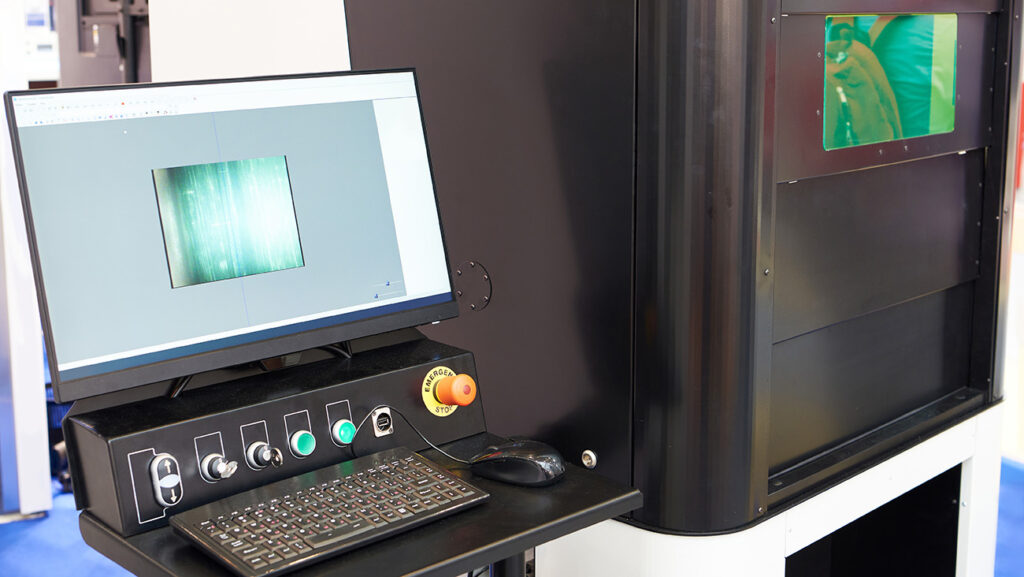How to Choose the Right Material for Your Laser Cutting Project
Posted on December 3, 2024 in Blogs

Selecting the right material for your laser cutting project is critical for achieving optimal performance, cost-efficiency, and product quality. Different materials offer varying properties that impact cutting speed, precision, and finish. This guide will walk you through the key considerations for choosing the best material for your laser cutting needs.
1. Understand Project Requirements
Start by identifying the functional and aesthetic requirements of your project. Consider factors such as:
- Mechanical strength: Will the part need to withstand stress or impact?
- Environmental conditions: Will it be exposed to moisture, chemicals, or extreme temperatures?
- Aesthetic appeal: Is the finish or color important for the end product?
For instance, stainless steel is ideal for industrial components due to its durability, while acrylic is perfect for signage because of its smooth, glossy finish.
2. Material Thickness and Laser Compatibility
The thickness of the material affects the laser’s performance. Thicker materials require higher laser power and slower cutting speeds, while thinner materials allow for faster and more precise cuts.
- Thin materials (e.g., paper, thin plastics) are best for intricate designs.
- Medium materials (e.g., wood, acrylic) balance strength and flexibility.
- Thick materials (e.g., metals, dense woods) may require specialized high-power lasers.
3. Popular Materials for Laser Cutting
- Metals: Stainless steel, aluminum, and titanium offer durability and strength for industrial applications. However, reflective metals like aluminum may require specialized fiber lasers (Fabricating & Metalworking).
- Plastics: Acrylic and polycarbonate are excellent for signage and display applications due to their clean-cut edges and polished finishes.
- Wood and Plywood: Ideal for custom décor and architectural models due to their ease of cutting and engraving.
- Composites: Used in aerospace and automotive industries for lightweight and high-strength components.
4. Evaluate Cost and Availability
Budget constraints and material availability can also influence your choice:
- Common materials like acrylic, plywood, and stainless steel are typically more affordable and widely available.
- Exotic or specialty materials (e.g., carbon fiber composites) may offer performance benefits but can be more expensive.
5. Testing and Prototyping
Before starting full-scale production, it’s crucial to test the chosen material with laser cutting. Prototyping allows you to:
- Validate design accuracy and fit.
- Optimize laser settings for the best cut quality.
- Identify any unforeseen material behaviors, such as warping or discoloration.
Choosing the right material for your laser cutting project involves balancing performance, aesthetics, and cost. By carefully considering material properties, thickness, and application needs, you can achieve exceptional results tailored to your project’s goals.
Ready to select the ideal material for your next laser cutting project? Contact Accumet today to learn how our expertise and advanced laser technology can bring your designs to life.



